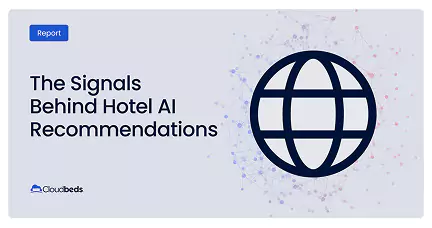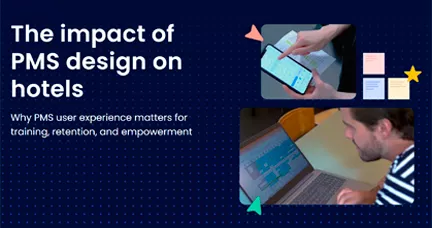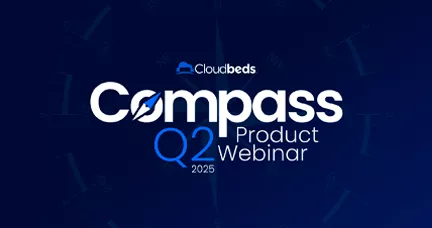Not your average PMS. The growth engine built for your ambition.
Platform OverviewDistribution
Guest Experience
Revenue Marketing
Integrated Partners
Cloudbeds API
AI Model
Learn the factors that rank hotels in ChatGPT, Gemini, and Perplexity
Flexible solutions to run and grow the business you want, on your terms.
By Property Type
Your PMS could be costing you more than you think. Discover the impact of UX on your technology.
All the know-how, knowledge, and tools to keep you moving forward.
Research Lab
Customer Resources
Compass is your hub for learning about the latest product updates coming to Cloudbeds.
Challenge a broken status quo and put power back in the hands of hoteliers.
See Open PositionsAbout Us
Partner with Cloudbeds
Meet the Cloudbeds team virtually and in-person at events around the world



